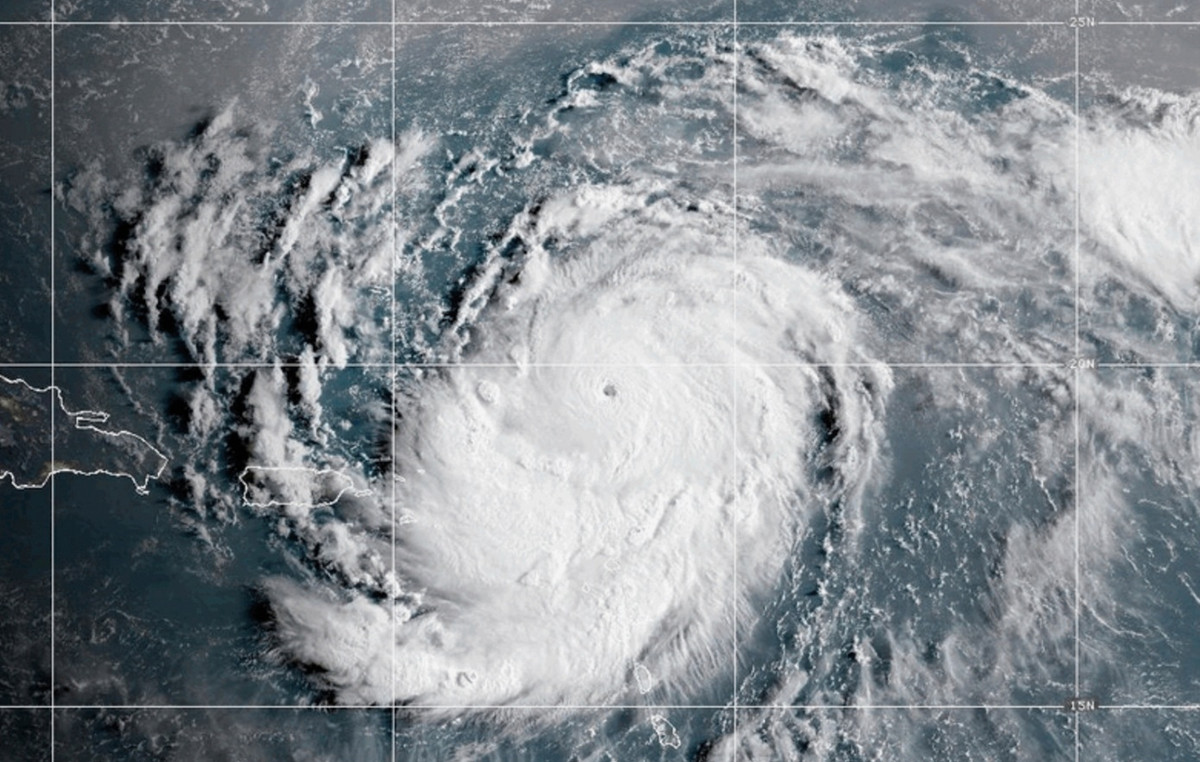- The USD/MXN falls to 19.83, a new minimum of 2025.
- The US dollar sinks to a floor of six months.
- Mexico dodges reciprocal tariffs for products that meet the T-MEC Trade Agreement.
The USD/MXN falls for the third consecutive day, extending on Thursday the strong losses activated yesterday after Donald Trump’s announcement about tariffs. The pair has fallen today from a daily maximum from 20.34 to 19.83, minimum of five months. At the time of writing, the US dollar is quoted in front of the Mexican peso over 19.85, losing an important 1.65% in the day.
The US dollar collapses by the fears of recession in the US
The American dollar index (DXY) sinks after the expected tariff whirlwind of April 2. The green ticket has fallen from 103.94 to 101.27, its lowest level from October 2, 2024.
Tariffs imposed by the United States were higher than expected for many countries, including China (34%), Switzerland (31%), Japan (24%), and the European Union (20%). The fears of a weakening of the US economy and an entry into recession are weakening the dollar on all fronts.
In addition, USA today published its ISM Services PMIwhich has shown a drop of 2.7 points up to 50.8 in March, its lowest level in 9 months. Although the sector is still in expansion territory, growth has experienced a slowdown, weakening below the 53 expected points.
Mexico is saved from tariffs
The first announcement launched by the president of the United States, Donald Trump, was the Activation from this Thursday, April 3, a 25% tariff to all cars manufactured outside the United States. In the case of imported vehicles under the Free Trade Agreement between the US, Mexico and Canada (T-MEC), importers may request that the 25% tariff be calculated only on the value of the non-American content.
In the case of reciprocal tariffs, Mexico is excluded, since all goods that comply with the T-MEC treaty are out. Despite this exclusion, Trump has strongly criticized the T-MEC, describing it as a disaster and ensuring that he will ask Congress to end.
The Mexican president, Claudia Sheinbaum, has considered ‘good’ Trump’s decision not to impose adionary tariffs to Mexico, noting that negotiations and cooperation of recent weeks between the two countries have paid off.
USD/MXN Price levels
The technical indicators continue to point down for the next few hours, although the RSI of 14 in one -hour graph shows overall signals. The USD/MXN ends up breaking the minimum of 2025 in 19.84 and points to 19.76, November ground. Below, the main support will be around 19.11/19.06, where are the minimum of October and September, respectively.
Upwards, a firm recovery is necessary above 20.00 to try to reach the mobile average of 100 periods in daily graph about 20.37.
Mexican weight FAQS
The Mexican weight (MXN) is the most commercialized currency among its Latin American peers. Its value is widely determined by the performance of the Mexican economy, the country’s central bank policy, the amount of foreign investment in the country and even remittance levels sent by Mexicans living abroad, particularly in the United States. Geopolitical trends can also affect MXN: for example, the Nearshoring process (or the decision of some companies to relocate the manufacturing capacity and supply chains closer to their countries of origin) is also considered a catalyst for the Mexican currency, since the country is considered a key manufacturing center in the American continent. Another catalyst for MXN is oil prices, since Mexico is a key exporter of the raw material.
The main objective of the Central Bank of Mexico, also known as Banxico, is to maintain inflation at low and stable levels (in or close to its 3%target, the midpoint of a tolerance band between 2%and 4%). To do this, the bank establishes an adequate level of interest rates. When inflation is too high, Banxico will try to control it by raising interest rates, which makes the indebtedness of homes and companies more cooling, thus cooling the demand and the economy in general. The highest interest rates are generally positive for Mexican weight (MXN), since they lead to higher yields, which makes the country a more attractive place for investors. On the contrary, lower interest rates tend to weaken the MXN.
The publication of macroeconomic data is key to evaluating the state of the economy and can have an impact on the valuation of the Mexican weight (MXN). A strong Mexican economy, based on high economic growth, low unemployment and high confidence is good for MXN. Not only attracts more foreign investment, but it can encourage the Bank of Mexico (Banxico) to increase interest rates, particularly if this fortress is accompanied by high inflation. However, if the economic data is weak, the MXN is likely to depreciate.
As an emerging market currency, the Mexican weight (MXN) tends to rise for periods of risk, or when investors perceive that the general market risks are low and, therefore, are eager to participate in investments that carry a higher risk. On the contrary, the MXN tends to weaken at times of market turbulence or economic uncertainty, since investors tend to sell higher risk assets and flee to the most stable safe shelters.
Source: Fx Street
I am Joshua Winder, a senior-level journalist and editor at World Stock Market. I specialize in covering news related to the stock market and economic trends. With more than 8 years of experience in this field, I have become an expert in financial reporting.







